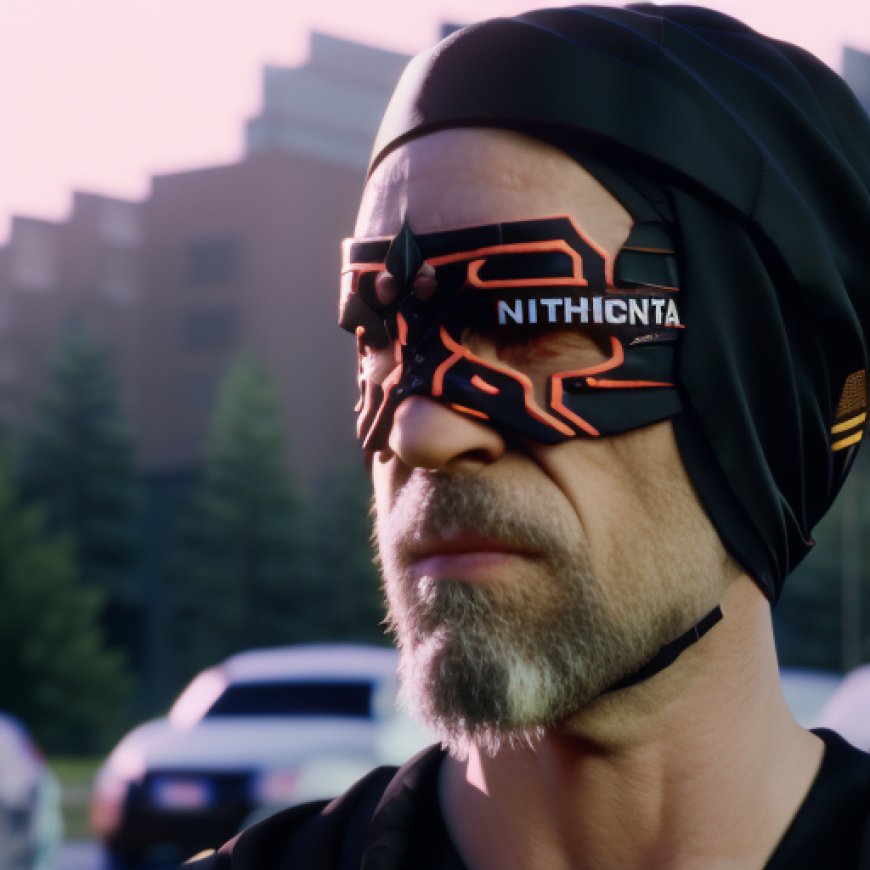‘Ninja,’ Twitch’s biggest streamer, diagnosed with skin cancer | CNN
‘Ninja,’ Twitch’s biggest streamer, diagnosed with skin cancer CNN


What is melanoma?
Skin cancer is the most common form of cancer in the United States; 1 in 5 Americans will develop skin cancer in their lifetime, according to the American Academy of Dermatology.
Blevins was diagnosed with melanoma, which is a rare type of skin cancer — only about 1% of skin cancer cases — but accounts for a large majority of skin cancer deaths. Melanoma begins in the skin but has a tendency to spread to other parts of the body, which is why it leads to more deaths, according to the US Centers for Disease Control and Prevention.
The average age of melanoma diagnosis is 66, but it is not uncommon among young adults. In fact, it is one of the most common cancers in young adults, especially young women, according to the American Cancer Society.
Risk factors for melanoma include having lighter skin color, being exposed to UV light, having many moles, having a family history of melanoma and having a personal history of melanoma or other skin cancers, according to the American Cancer Society.
How to prevent skin cancer
The American Academy of Dermatology recommends that people use sun protection, avoid direct sunlight midday and avoid tanning beds to prevent skin cancer.
“Whether you’re exposed to the sun’s UV rays or visit an indoor tanning salon, every time you tan, your skin is damaged,” the American Academy of Dermatology says on its website. “As this damage builds, you speed up the aging of your skin and increase your risk for all types of skin cancer, including melanoma, the deadliest form of skin cancer.”
The group also advises people to perform regular skin self-exams and to go see a dermatologist if they notice any new, suspicious spots on their skin.
The US Preventive Services Task Force does not currently recommend routine skin cancer screening for adolescents and adults without any symptoms so insurance plans may not cover visits specifically for that purpose. However, if people do have suspicious skin spots or any other symptoms concerning for skin cancer, they should talk to their primary care doctor or dermatologist.
How to perform a skin self-exam
An important part of screening for skin cancer is to document moles and other skin spots and to notice changes, the association says.

Join us, as fellow seekers of change, on a transformative journey at https://sdgtalks.ai/welcome, where you can become a member and actively contribute to shaping a brighter future.







